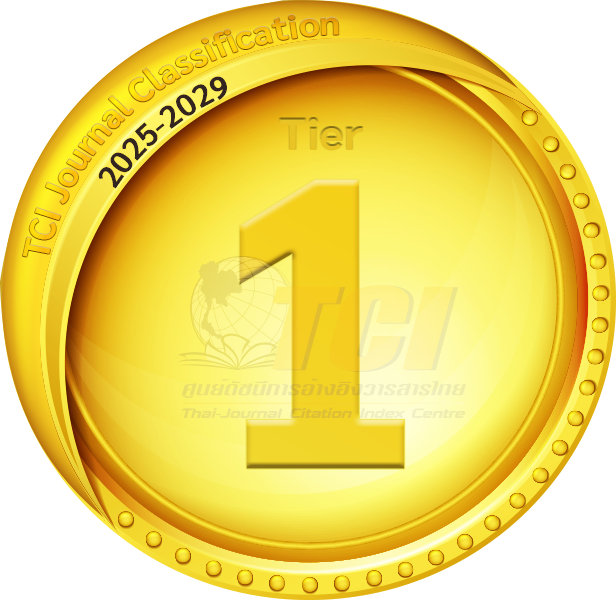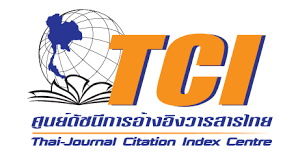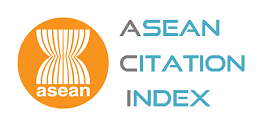Development in the Time of AEC as the World Turns East
Abstract
Introduction
We are witnessing a profound change in the geography of world development. The world we were born into and have lived in up to now, the same one that our past 10 generations of ancestors lived in, will not be same as the world-to-be. We will experience many differences in this new world.
The changes have already begun: the gravity of economic development is shifting from West to East (Figure 1). Unlike in the old world, the East is now center stage with the limelight shining on China, India, Russia, South Korea, the Persian Gulf states, Brazil, Turkey, Iran, ASEAN and South Africa. In contrast, the US and Europe are on the decline — possibly on the brink of an irreversible decline due to their structural weaknesses, which are difficult to overcome in the short or medium term.
Historically the West was the sole industrial power, with Britain the world’s biggest workshop until WW II and the US seizing the mantle after the war. It used to be thought that, for centuries to come, the world would never change and the West would always dominate. Kipling’s classic poem, “The White Man’s Burden,” captured the Western colonialist view: the East is eternally backward, an inborn follower of the West, always poor and agricultural, whereas the West is industrialized, forever advanced, rich and in command of the world. Westerners are by nature the leaders, teachers, strong and rich, while Easterners are forever followers, students, weak and poor.
As it turned out, Western colonialism could not last long, let alone forever, contrary to what most in both worlds had held to be true. The East indeed changed very rapidly under colonialism, much more rapidly than the West had done in its years of industrial revolution, and almost everywhere Easterners yearned for independence or self-rule. They did this as an emulation of the modern West as well as a selective revival of their own civilizations. Western colonialism, starting in the 16th century and reaching its peak in the 19th century, collapsed in the mid-20th century after WW II ended. Since then the West has been termed the First World, or the developed world, while the East has been referred to as the Third World, or the underdeveloped or developing world. Still, until very recently virtually no one has dared to predict or expect that some of these former colonies could ever come within easy reach of the West

Indexed in


Search